Trinity Bridge, located in the heart of Crowland, Lincolnshire, is a remarkable three-way stone arch bridge that stands as a unique testament to medieval engineering and craftsmanship. Constructed between 1360 and 1390, Trinity Bridge replaced an earlier wooden bridge and has since become a cherished landmark, designated as a scheduled monument and Grade I listed structure.
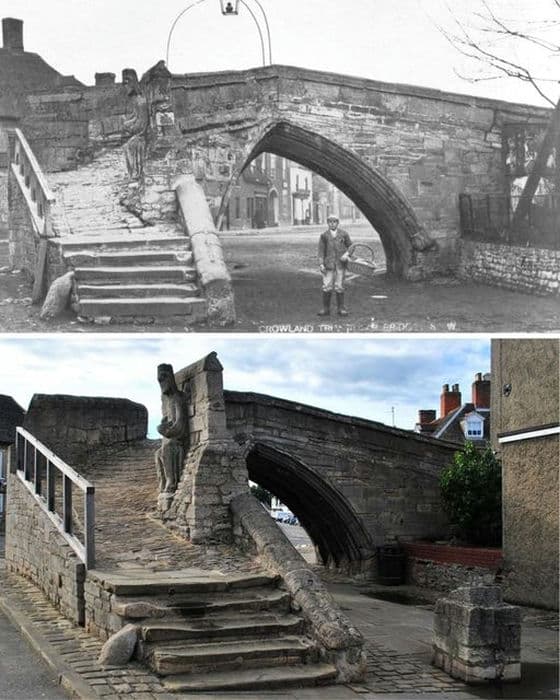
The bridge’s distinctive design, featuring three gothic arches, sets it apart as the only one of its kind in Britain. Also known as Croyland Bridge, it is believed to have been built in honor of the Trinity, hence its name. Constructed primarily from Barnack stone quarried about 10 miles west of Crowland, the bridge showcases the skill and artistry of its builders.
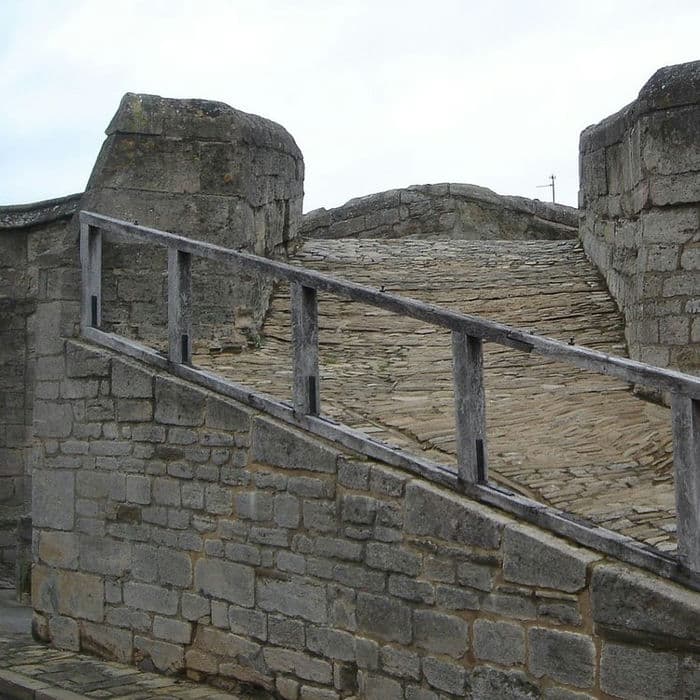

One of Trinity Bridge’s most notable features is the seated figure believed to depict either Christ or King Ethelbald, possibly originating from the west front of Croyland Abbey. King Ethelbald, who reigned as the King of Wessex from 856 to 860, was known for his controversial marriage to his stepmother, Judith, which stirred tensions within the kingdom and raised questions about the legitimacy of his rule.
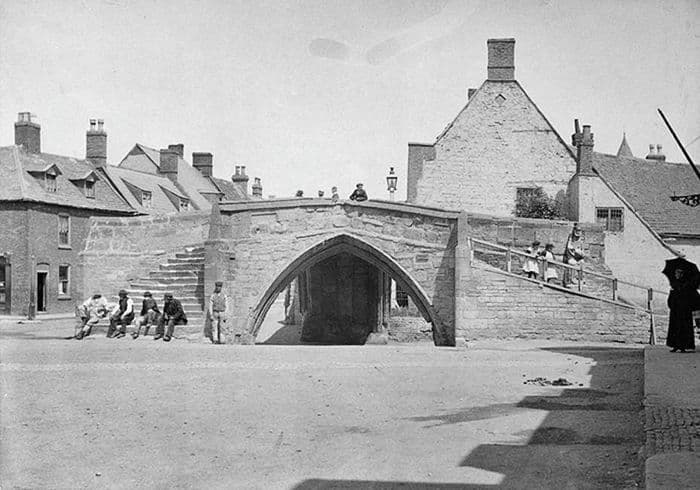
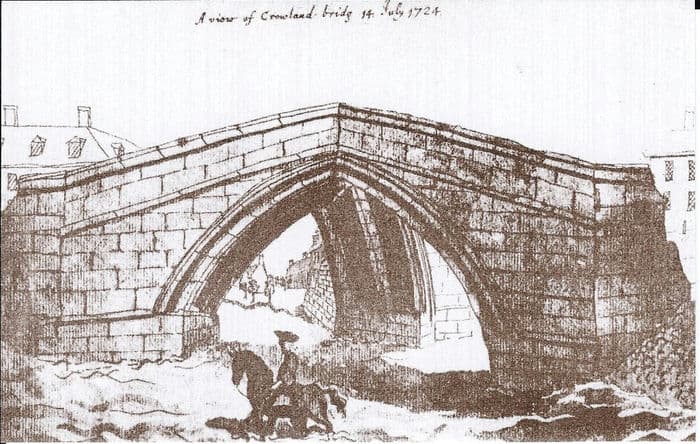
Originally spanning the River Welland and a tributary flowing through the town, Trinity Bridge served as a vital crossing point, contributing to Crowland’s significance during the medieval period. The town’s prosperity was further boosted by royal charters granted by King Stephen and Henry VI, allowing it to hold fairs and markets.
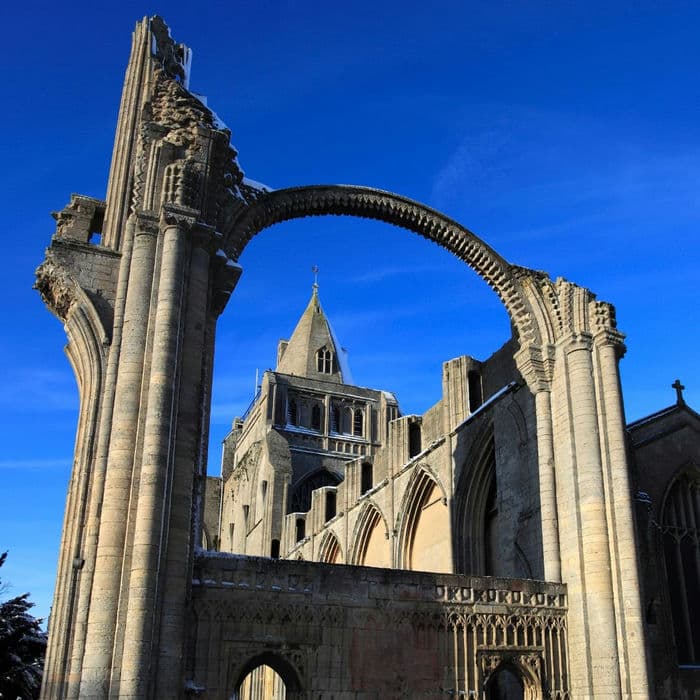
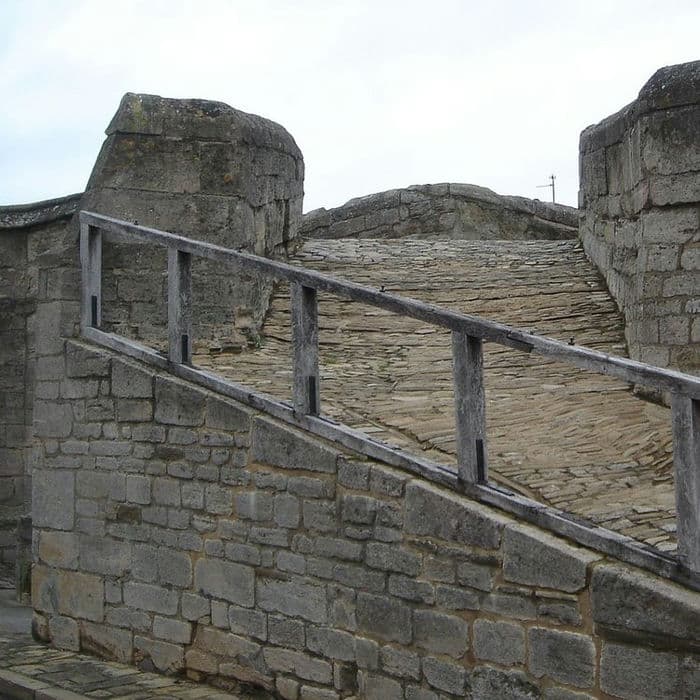
Although the bridge’s importance waned over time due to changes in river courses and land drainage efforts, it remains a cherished symbol of Crowland’s history and resilience. Today, Trinity Bridge continues to attract visitors, offering glimpses into the town’s rich past and providing a venue for occasional outdoor religious services.
Despite the suppression of Crowland Abbey and the demolition of much of its structure during Henry VIII’s Dissolution of the Monasteries, Trinity Bridge stands as a resilient reminder of the town’s enduring heritage. Well-preserved and meticulously maintained, the bridge invites visitors to appreciate its architectural beauty and historical significance, ensuring that its legacy endures for generations to come.
